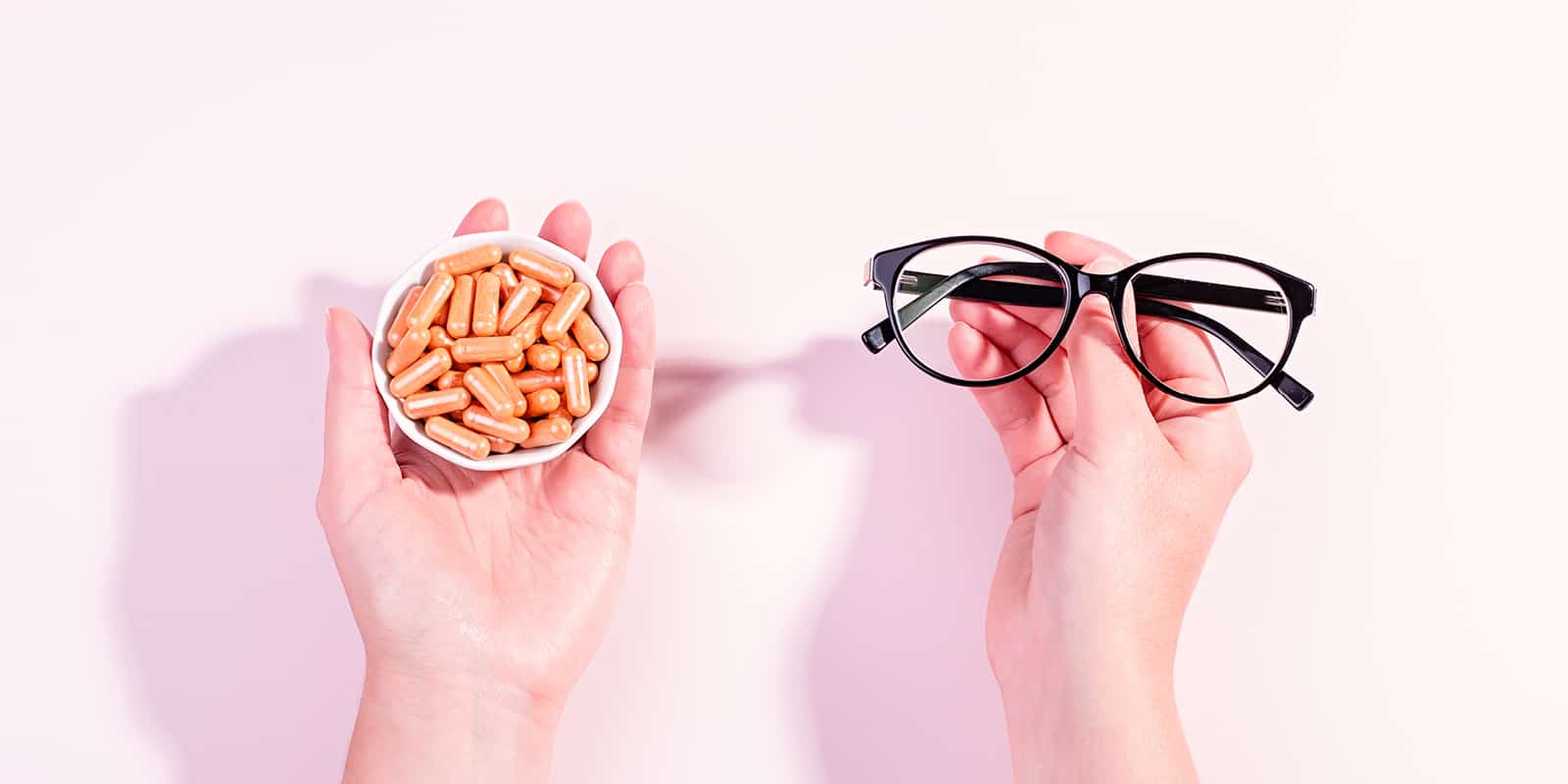Macular Degeneration: Australia’s leading cause of blindness
What is Macular Degeneration (MD)?
The macula is the central part of the retina, the light sensitive tissue at the back of the eye. The retina processes all visual images. It is responsible for your ability to read, recognise faces, drive and see colours clearly. You read using your macula. MD causes progressive macular damage resulting in loss of central vision. This loss of vision may be severe. Fortunately the side vision is not affected.
How Common is MD?
MD is the leading cause of blindness and severe vision impairment in Australia. Its incidence is increasing. More than 800,000 Australians have some form of MD. It affects one in seven people over the age of 50 years and one in three over the age of 75*. *The Blue Mountains Eye Study. 1996
What are the types of MD?
There are two types of MD – Wet and Dry. The Dry form results in a gradual loss of central vision. The Wet form is caused by abnormal blood vessels growing into the retina. Sudden loss of vision is characteristic and vision loss may be severe. Up to 75% of people with untreated Wet MD end up legally blind within two years.
What are the risk factors?
MD is thought to be caused by a combination of genetic and environmental factors. People over the age of 50 are at risk. If you smoke or have a family history of MD, your risk of developing the disease is much greater.
What can you do to reduce your risk?
- Have your macula examined every five years
- Eat fish two to three times a week
- Eat dark green leafy vegetables and fresh fruit
- Eat a handful of nuts a week
- Limit your intake of fats and oils
- Keep a healthy lifestyle – don’t smoke, control your weight and exercise regularly
- In consultation with your doctor, consider taking a zinc and antioxidant supplement
- Provide adequate protection for your eyes from sunlight exposure, particularly when young
What treatments are available?
MD is a progressive disease. Treatment options are dependant on the stage and type of the disease. Current treatments aim to preserve as much vision as possible and halt or slow the progression of MD. There is presently no cure.
What help is available?
People with varying degrees of visual loss continue to lead independent lives with the support of low vision services and visual aides. Low vision services are designed to help people use the vision they have in the most effective way. Low vision aids can help with everyday activities in the home, the workplace and the community. Low vision technology is rapidly increasing to benefit people with low vision.

